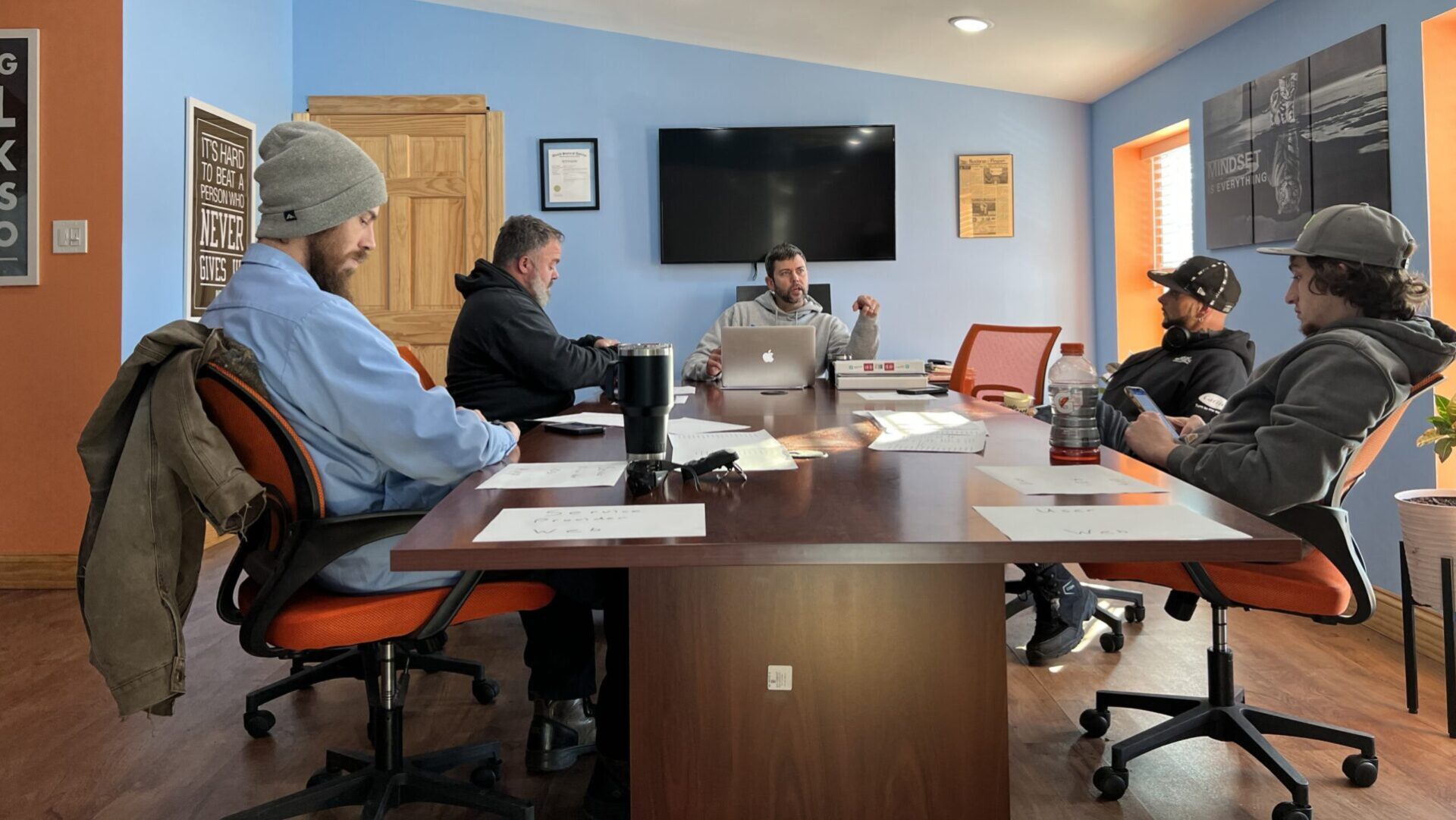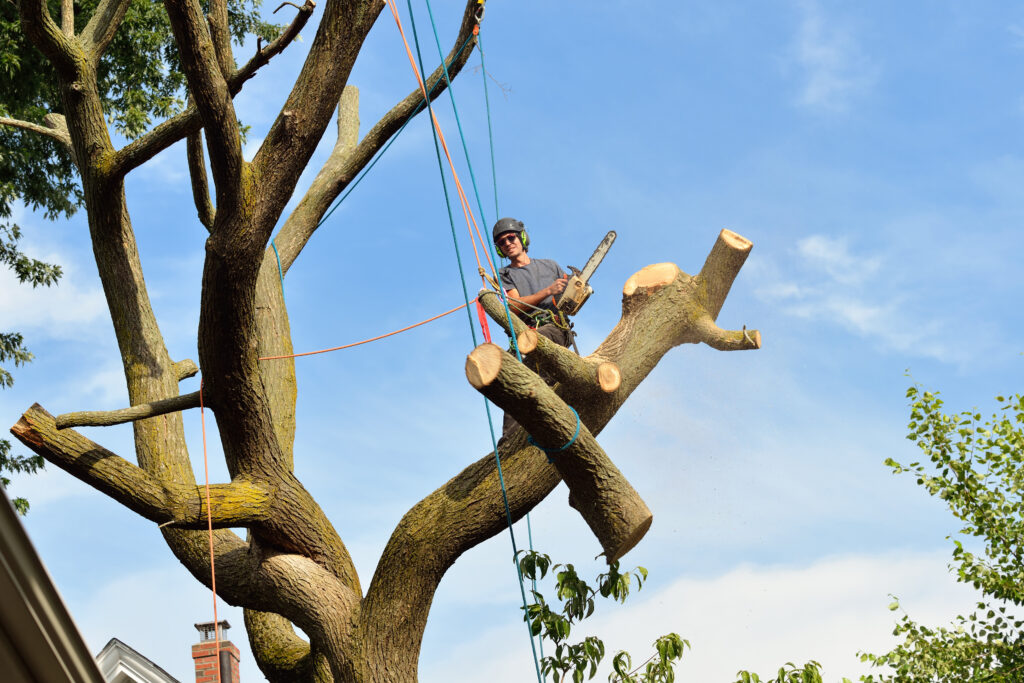
Trees are a valuable part of any property, offering beauty, shade, and a natural boost to your home’s curb appeal. But sometimes, a tree can pose more risk than reward. Whether due to age, damage, or disease, knowing when it’s time for tree removal is essential to keeping your property safe and sound.
Here are the most common signs that it might be time to consider tree removal:
1. The Tree Is Leaning
A slight lean isn’t always a problem, but if your tree has started leaning suddenly or appears to be tipping more than usual, it could be a warning sign of root failure or structural instability. This is especially concerning if the tree is leaning toward your home, garage, power lines, or areas with frequent foot traffic. Sudden leaning is an urgent issue that should be assessed by a professional immediately.
2. Dead or Falling Branches
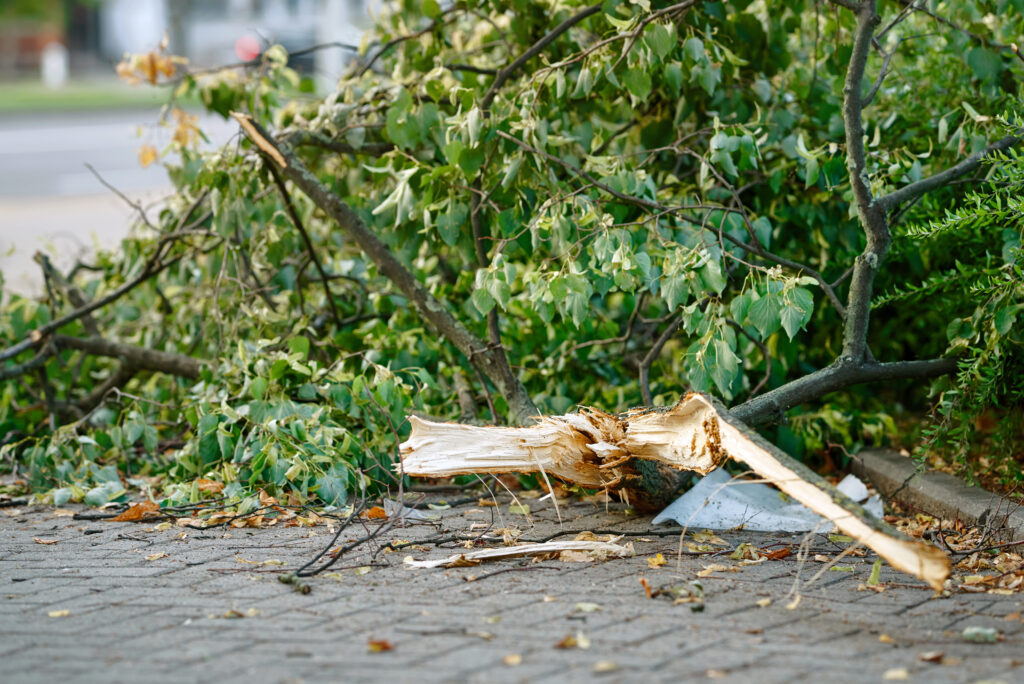
Trees naturally shed smaller branches, but large dead limbs or consistent falling branches are signs of deeper health problems. Dead branches can fall unexpectedly, posing a serious risk to people, vehicles, or buildings below. If more than 50% of the tree’s canopy appears to be dead or dying, removal may be the safest option.
3. Fungal Growth or Decay at the Base
The presence of mushrooms or fungal conks around the base of the tree often signals internal rot or decay. While a tree might still appear healthy from the outside, internal damage could be severe. Soft, crumbly bark, cavities, or signs of hollowing inside the trunk are indicators that the tree’s structure has been compromised.
4. Damaged or Uplifting Roots
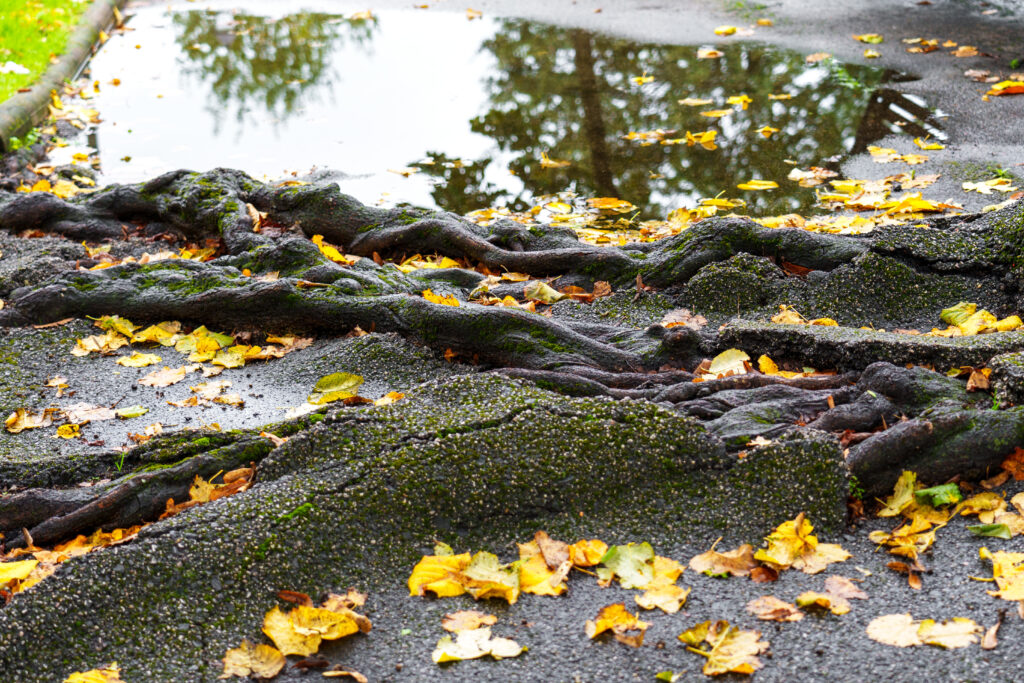
A tree’s stability starts with its roots. If you notice cracked, damaged, or visibly exposed roots, the tree may no longer have the support it needs to stand safely. Uplifted soil or roots that appear to be lifting sidewalks or driveways can be another sign of trouble. Root issues are often less visible but no less dangerous.
5. Insect Infestation
Wood-boring insects, like carpenter ants and beetles, are often found in dying or decaying trees. Their presence can speed up a tree’s decline and further compromise its structure. Signs of infestation include small holes in the bark, sawdust at the base, and increased animal activity such as woodpeckers feeding on the trunk.
6. Proximity to Structures or Utilities
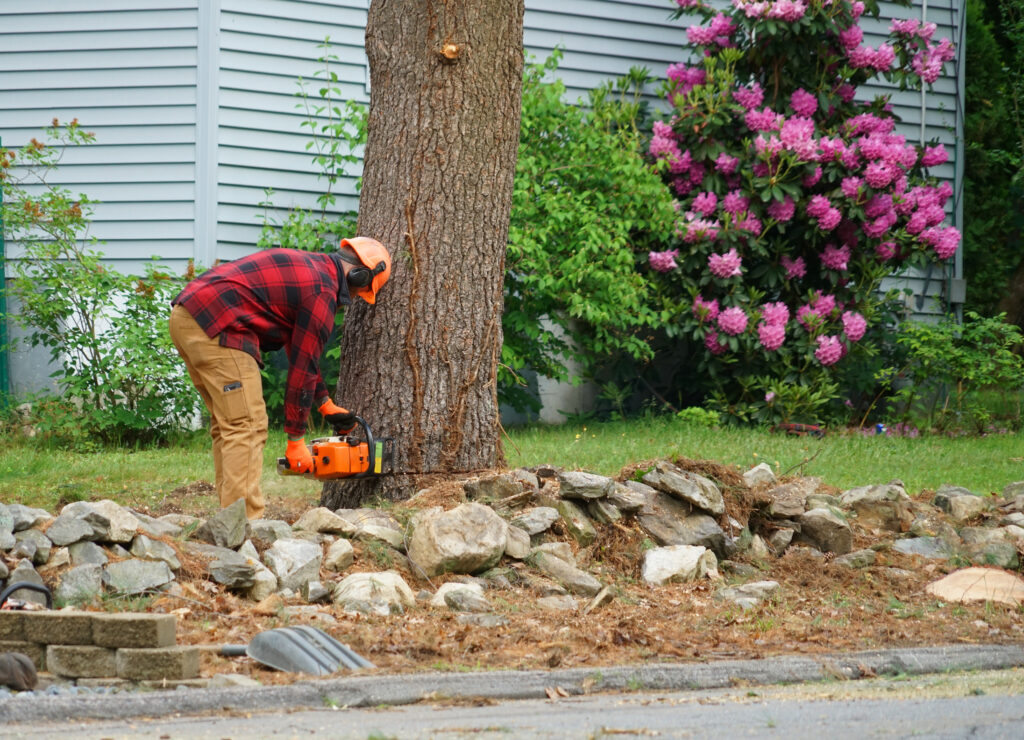
Even a healthy tree can be a problem if it’s planted too close to your home, fence, driveway, or underground utilities. Roots can cause structural damage, and overhanging limbs may become a safety hazard during high winds or storms. If pruning isn’t enough to keep the tree from becoming a threat, removal might be the best option.
7. Storm or Weather Damage
Storms can cause irreversible damage to a tree, even if it previously appeared healthy. Trees that have split trunks, broken main limbs, or exposed roots may be beyond saving. If the tree’s structure has been compromised, it could fall without warning during the next heavy wind or rain event.
When in Doubt, Call a Professional

Not every problematic tree needs to be removed—but it does need to be evaluated by an expert. At Wynnow, we offer professional tree assessments and removal services to help you make the safest and most informed decision for your property.
If you’re unsure about the condition of a tree on your property, don’t wait. Early intervention can prevent injury, damage, and costly emergencies. Contact Wynnow today for a professional assessment. We’re here to help keep your home safe and your yard in top shape. Please also check us out on Facebook, Instagram, and X for advice and more!

